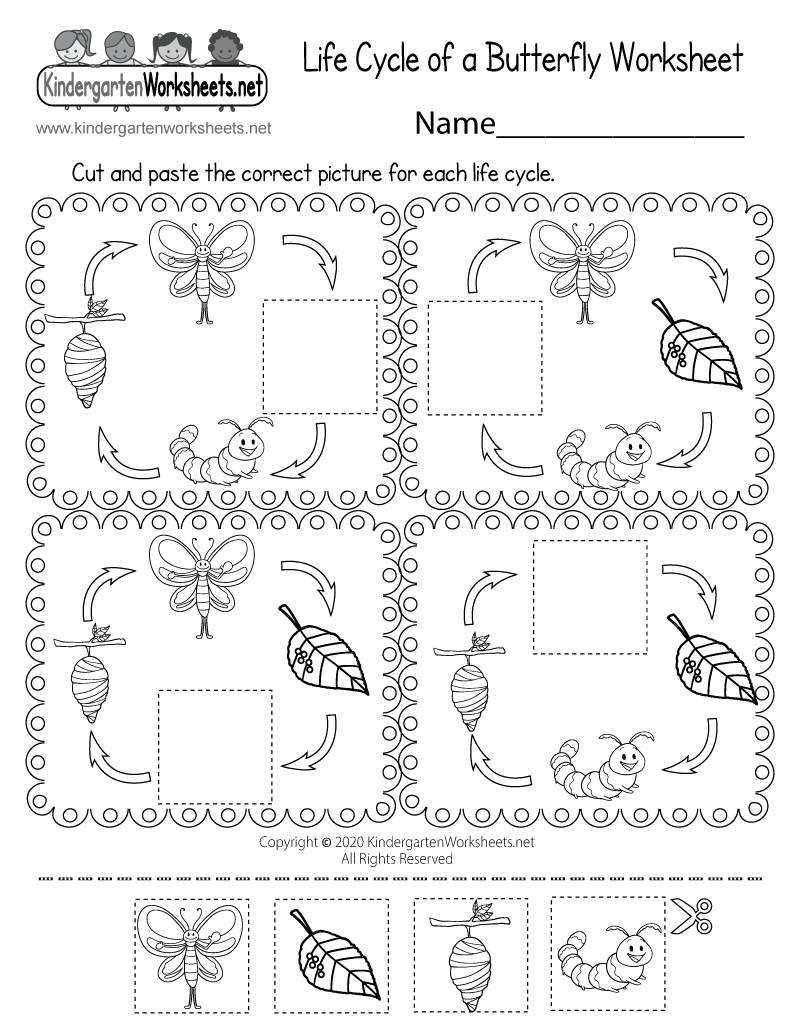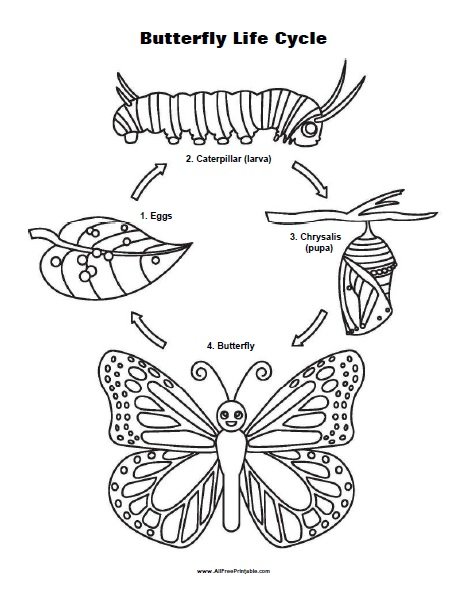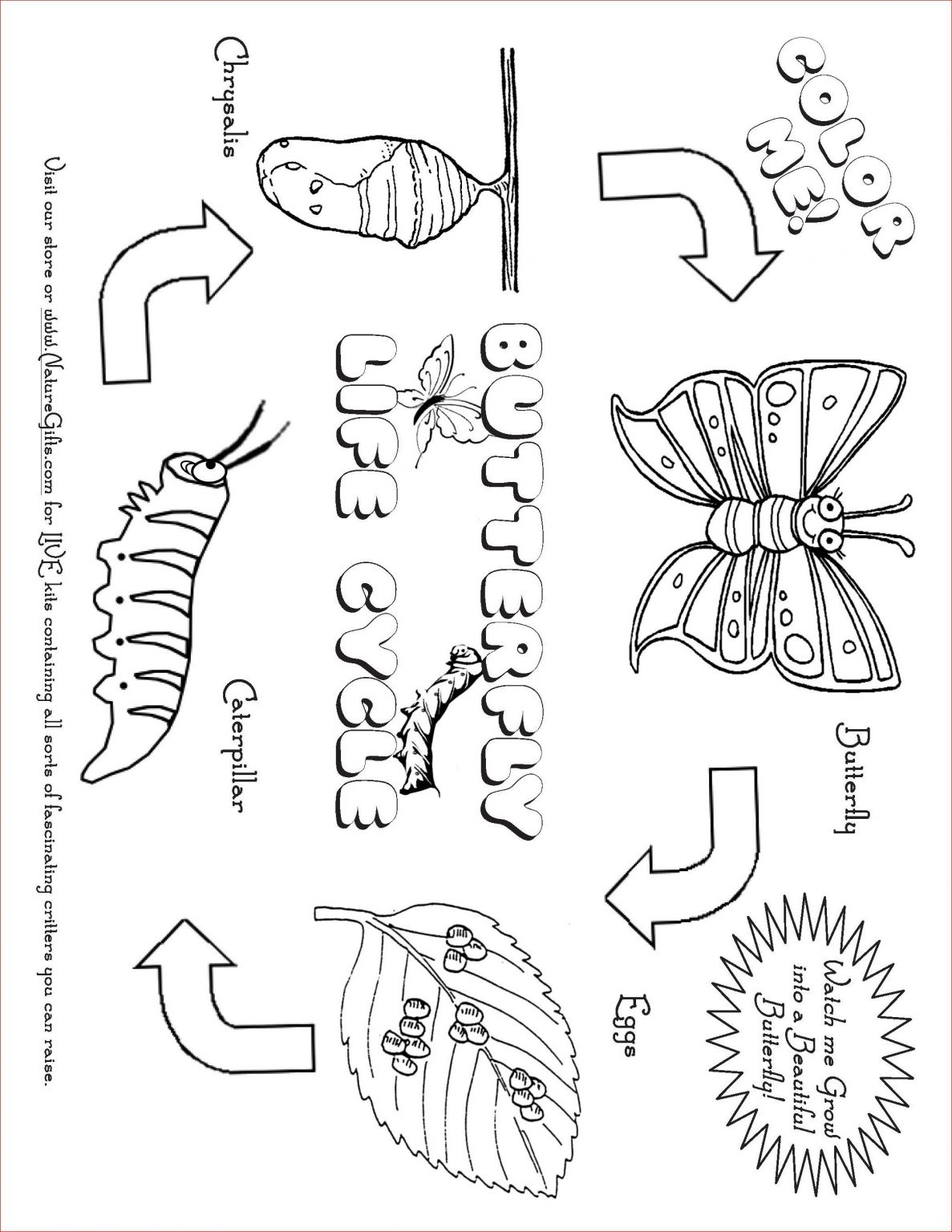
Life Cycle of a Butterfly
Butterflies are some of the most beautiful creatures in nature. Their wings display vibrant colors and intricate patterns. Have you ever wondered how a butterfly transforms from a tiny egg to a flying insect? Let’s explore the fascinating life cycle of a butterfly.

From Egg to Larva
The life cycle of a butterfly begins with an egg. The female butterfly lays her eggs on plants, usually on the undersides of leaves. These eggs are tiny and often have distinct patterns. After a few days, the egg hatches, and a caterpillar, also known as a larva, emerges.

The Hungry Caterpillar
Caterpillars spend most of their time eating. They have powerful jaws and feed voraciously on leaves. As they grow, they shed their outer skin several times in a process called molting. After each molt, the caterpillar becomes larger and more developed.

From Caterpillar to Pupa
After weeks of feeding and growing, the caterpillar seeks a safe place to form a chrysalis, also known as a pupa. Inside the chrysalis, the caterpillar undergoes a remarkable transformation. Its body liquefies, and from this liquid, a butterfly starts to take shape.

The Miracle of Metamorphosis
Within the chrysalis, the caterpillar’s body rearranges itself into the adult form. Complex structures such as wings and antenna develop. This process is called metamorphosis and is truly remarkable. After a few weeks, the chrysalis becomes transparent, and you can see the colors and patterns of the butterfly inside.

The Beautiful Butterfly Emerges
Finally, the day comes when the butterfly is ready to emerge from the chrysalis. It slowly pushes its way out, and once free, it rests to allow its wings to dry and harden. The butterfly’s wings are delicate at first, but they quickly gain strength as they absorb air and expand.

Time to Soar
Once the butterfly’s wings have fully developed, it is ready to take flight. With grace and elegance, it flutters from flower to flower, sipping nectar and pollinating plants in the process. Butterflies play a crucial role in the ecosystem as pollinators and are vital for the reproduction of many plant species.

Continuing the Cycle
The life cycle of a butterfly continues as the adult butterfly mates and lays eggs. It may only live for a few weeks or months, depending on the species. However, this short lifespan is filled with beauty and purpose as it contributes to the next generation of butterflies.

Appreciating Nature’s Wonders
The life cycle of a butterfly is a remarkable example of nature’s wonders. It teaches us about transformation, growth, and the interconnectedness of all living things. Observing butterflies in their natural habitat or even raising them from caterpillars can be a truly educational and rewarding experience.

Explore and Learn
If you’re interested in further exploring the life cycle of a butterfly, there are many resources available. You can find printable coloring pages, worksheets, and diagrams that will help you understand and appreciate the intricacies of this remarkable process.
In conclusion, the life cycle of a butterfly is a captivating journey from egg to adult. It is a testament to the beauty and resilience of nature. By observing and learning about butterflies, we deepen our understanding of the world around us and develop a greater appreciation for its wonders.